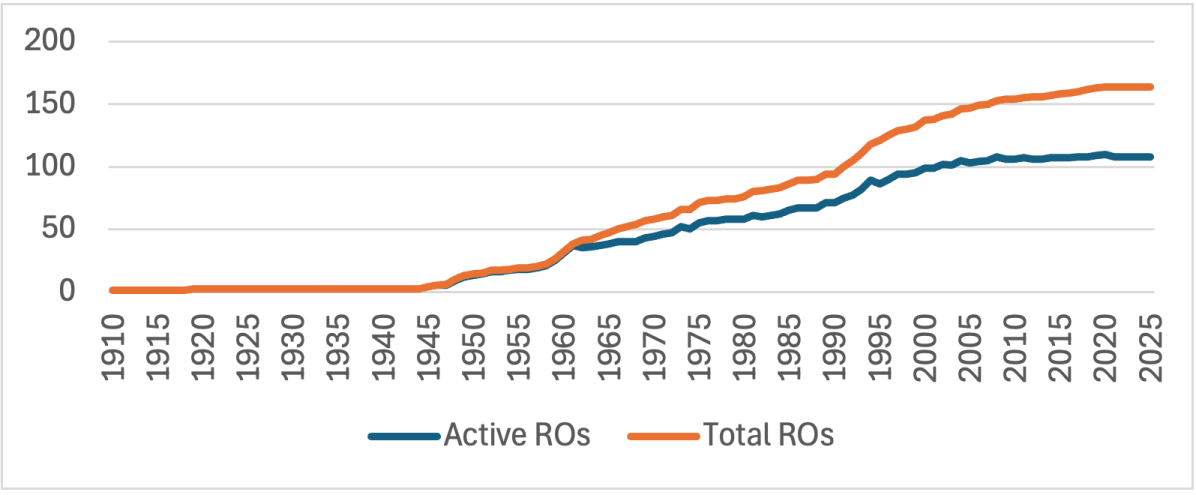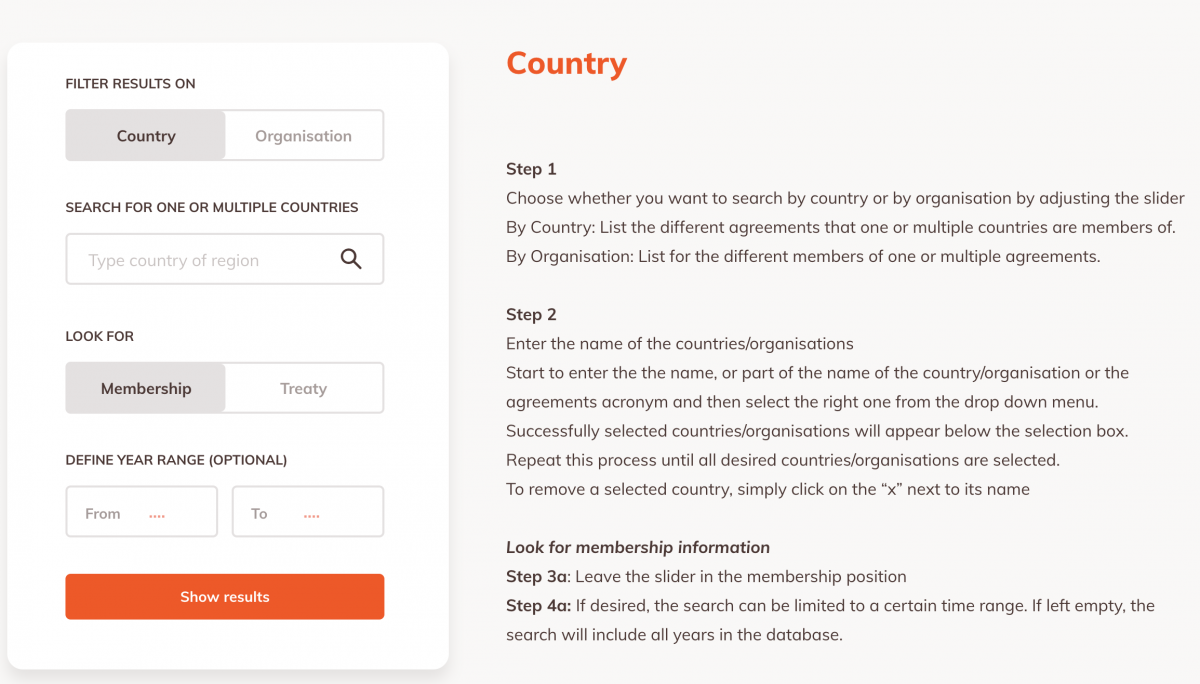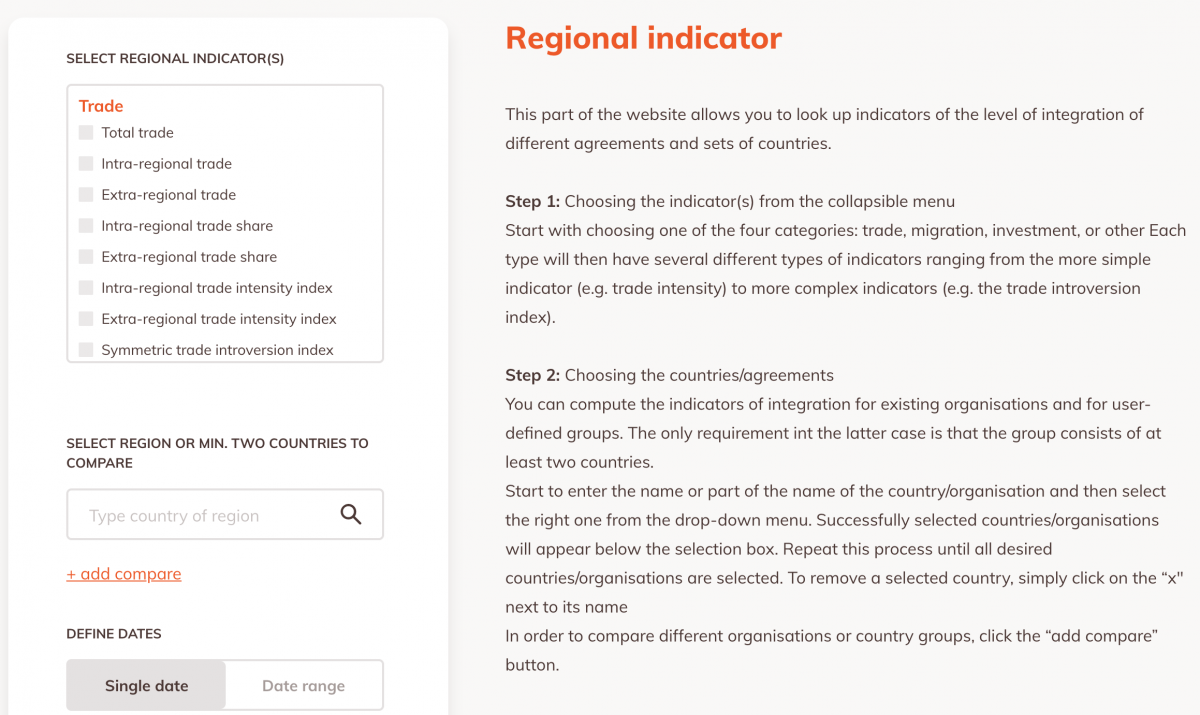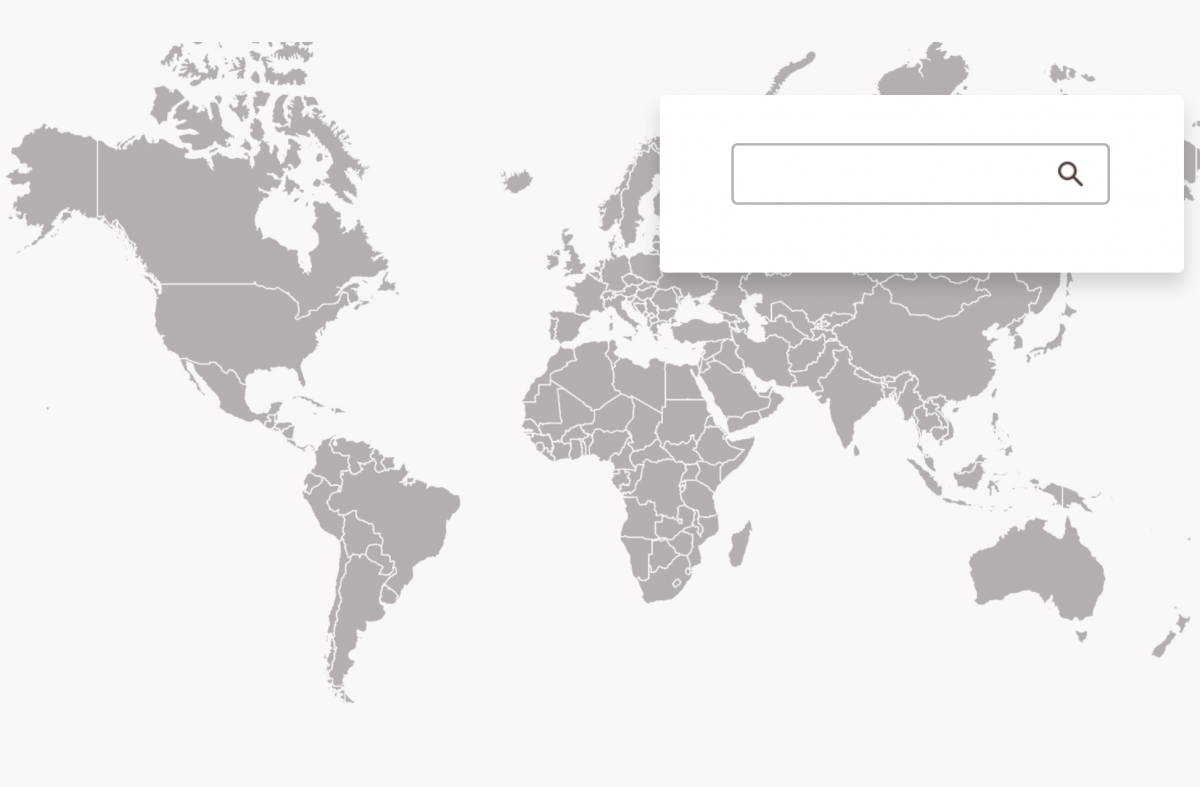
Support
Which arrangements are included in RIKS?
The list of arrangements included in RIKS is not based on a single definition of regional arrangements or regional organisations, but rather should be considered as an open list. The non-inclusion of an arrangement or organisation in this list does not imply that it is not recognized as such.
The selection of arrangements is mostly based on the following criteria, although there are exceptions to these rules:
- Member states belong to the same geographical sub-region or neighbouring geographical sub-regions;
- A minimum participation of three states.
- Regional integration is explicitly set among the purposes in the establishment of the organisation/arrangement, as defined in treaty texts.
The list of arrangements that are currently included in RIKS can be found below. For a complete overview of the construction of the database, we refer you to the technical notes below.

Which countries are covered by RIKS?
We included as many countries as possible, to allow the user full flexibility when looking up indicators of integration for any existing or user-defined arrangement. Our starting list of countries contained all members of the integration arrangement included in the database. To this, we added as many countries of which we had information on the bilateral flow of trade, migration and investment.
The full list of countries can be found below. For a complete overview of the construction of the database, we refer you to the technical notes below.
Indicators of integration
The "Search by Indicators" function of the RIKS platform allows you to compute indicators of integration for every regional arrangement included in the database, as well as any group of countries the user is interested in. The platform allows you to compute multiple indicators, and compare these for different years and over different arrangements or group of countries.
It is important to note that when making comparisons over time of the level of integration of a particular arrangement, the countries included in this computation is not necessarily fixed. Instead, it will reflect the change in the membership of these organization over time, including new member, and excluding existing members that are suspended or leave the arrangement.
The indicators are grouped into four categories, three of which follow the same structure: those tracking the integration of the flows of trade, migration and investment. These indicators include the intra-regional, extra-regional and total flows of the region. The intra-regional share measures the fraction of the total flows that go to other member countries, while the extra-regional share captures the part that flows to the rest of the world. The intra-(extra-)regional intensity indexes determine whether the value of intra-(extra-)regional flows is greater than expected given the region's importance in worldwide flows. Because the preceding indicators sometimes lead to conflicting conclusions, we also include the Revealed Preference index, also known as the Symmetric Introversion Index, which can show unambiguously whether the intra-regional intensity is growing at a faster or slower pace than the extra-regional intensity. In addition to the indicators of trade, migration and investment, the fourth category of indicators show the population, gross domestic product and Human Development Index of the region.
Data Availability
The data used in the computation of the indicators of integration is updated regularly to reflect the latest available information. At the moment the data availability as follows:
- Trade: 1962 - 2024
- Migration: 1960 - 2022
- Investment: 1985 - 2020
- GDP: 1960 - 2024
- Population: 1960 - 2024
- HDI: 1990 - 2023
For more information on the construction of the indicators and the data sources used, we refer to the technical document (below).
Technical notes
This file details the construction of the database, including the terms of use selection of the agreements, terms of use, data sources, and construction and interpretation of the indicators of integration
Videos explaining how to use the RIKS platform
-



